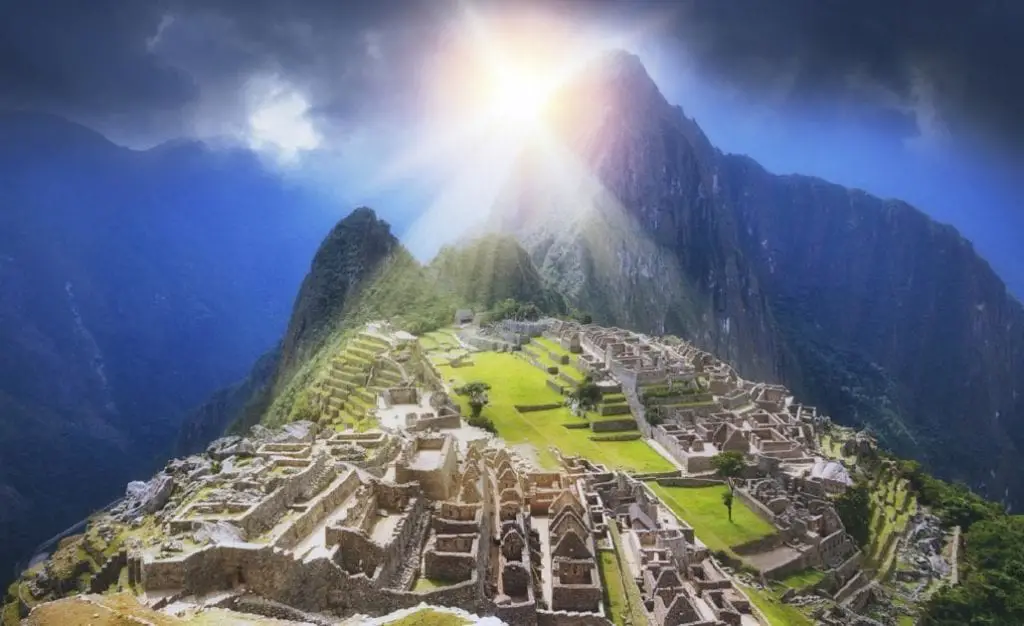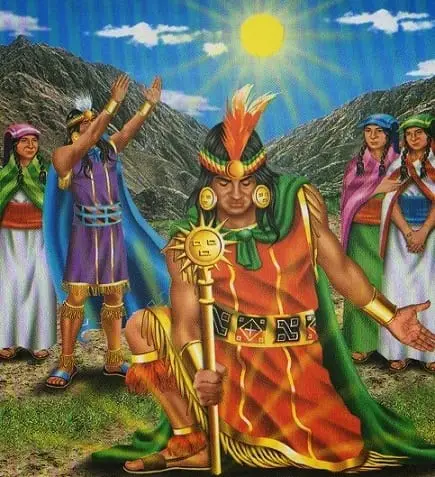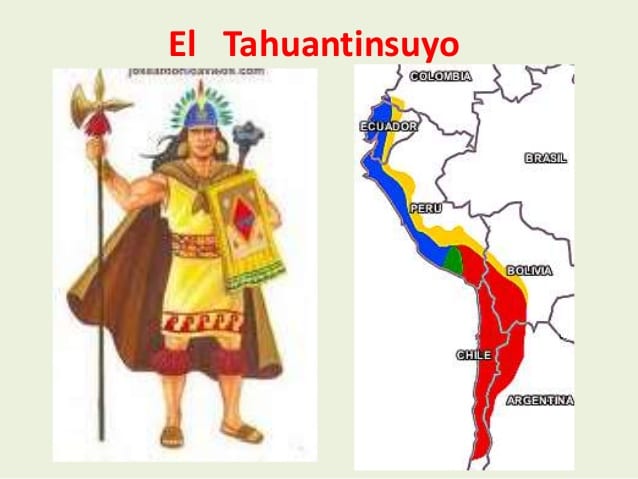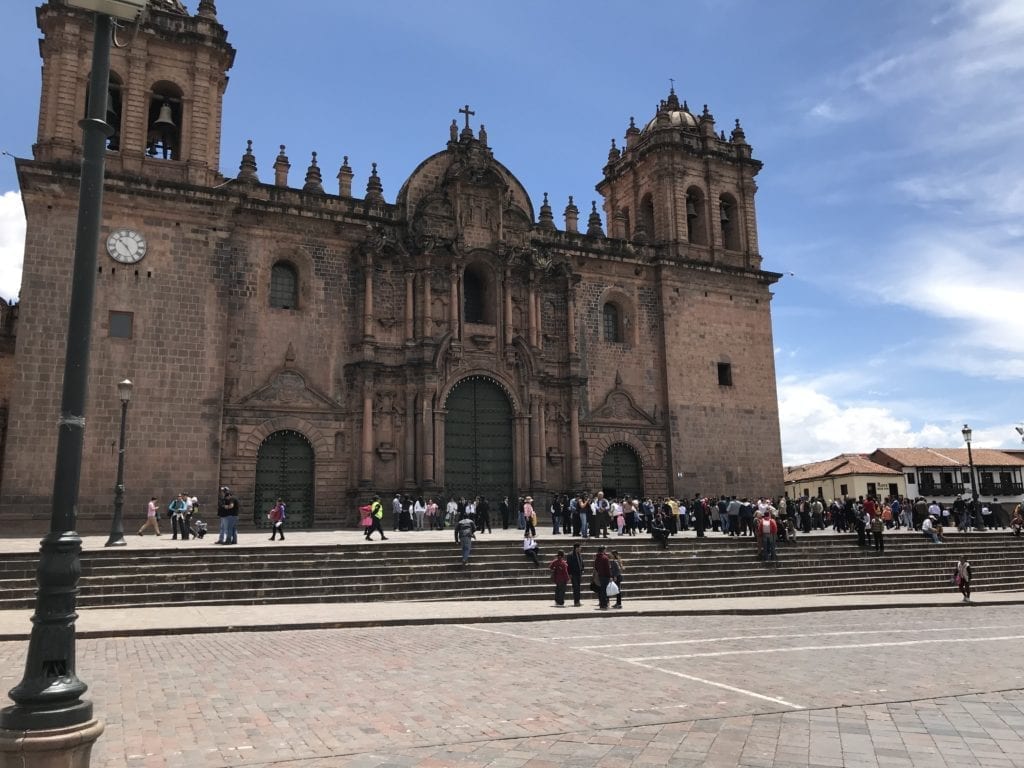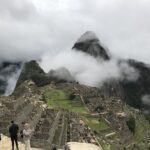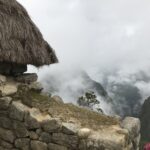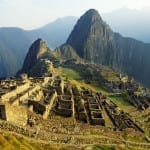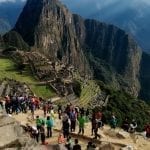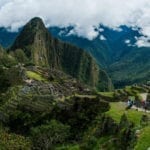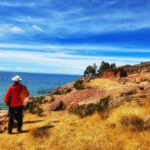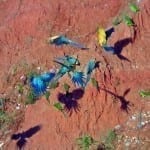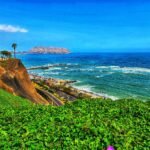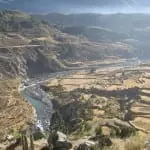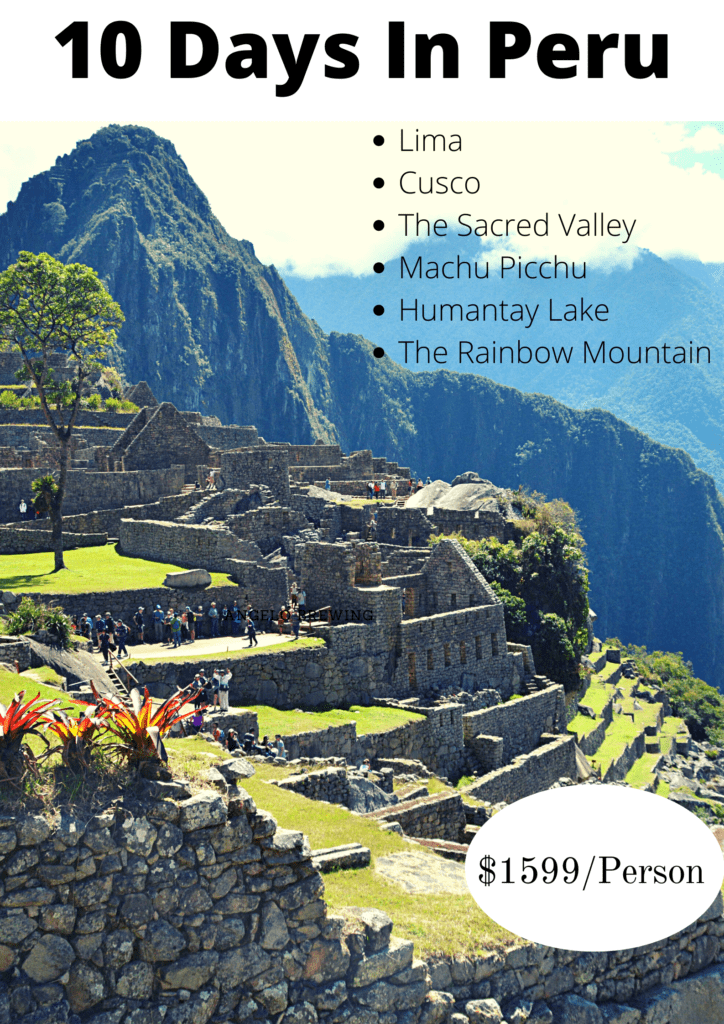Where Did The Inca Live?
James Bustamante is Native to New York but born to Peruvian parents. He has been traveling throughout Latin America since early 2003 and finally made his home in Peru. James has made his way by eating and traveling through almost every country in Central and South America.
Last Updated on April 14, 2021 by James Bustamante
The Incas were a complex civilization that lived in South America, they were situated in Peru, Bolivia, Ecuador and went as far down south as northern Argentina and parts of Chile. The Inca capital however was located in Cusco, Peru.
Where did The Inca Live?
So, Where did The Inca live? first we need to go over how large their domain was. The Inca empire grew exponentially between the years 1400 and 1533. Their vast territory was spread out across the western coast of the South American continent. This empire would extend from what is now called Quito in the north all the way south to what is known as Santiago in Chile. The Incan empire is considered to be the largest in all of the Americas and one of the biggest in the entire world.
The Inca Empire was able to conquer the land as well as rival tribes all through the continent. They were equally successful in mastering the diverse terrains of South America, this included the highlands and mountain ranges, the arid deserts of the coast, and the jungles of the Amazon rainforest.
Wherever the Inca lived they would build impressive architectural marvels for the time, this was especially the case when they conquered a new land and its people. The constructions made by the Inca Empire would include highways in the mountains as well as terraces to grow the many crops used to feed the ever increasing empire.
What is the Origin of The Inca?
There are two old Inca myths that detail the origins of the Inca people. The legend states that Viracocha (The creator god) himself came from the Pacific Ocean and eventually reached Lake Titicaca. Once at the massive lake he decided to create the Sun as well as people.
Many ethnic groups were said to be buried underground, they would eventually emerge back into the world. The legend goes on to tell how the Inca were brought into the realm of existence by the sun god Into at Tiwanaku (Tiahuanaco).
Due to the Sun god being the Inca deity that brought them into existence the Inca believe themselves to be the “Children of the Sun” also known as the chosen few. In this Inca myth, it is said that whoever the Inca rules is at the time will be a representative of the sun god Inti.
There is a second version of this myth regarding the origins of the Incas. The very first Inca is sad to have originated from a sacred cave called the “Tampu T’oqoor” or “the house of the windows.” This cave is said to be located at “ Pacariqtambo” “known as the inner dawn”, this place is found if we head to the south of Cusco.
The other legend on the Inca’s origins states that the original pair of humans were Manco Capac and his wife (as well as his sister) Mama Oqllu. The couple had 3 children and together they were the beginning of the original Inca civilization. As time passed and the population grew, they were able to acquire assistance from the “Pururaucas” (Mythical Andean Stone Golems) to defeat the Incas primary rivals known as the “Chancas.”
Once their longtime foes had been conquered the Inca were finally able to settle in Cusco. The legend continues to state how Manco Capac threw a goldenrod at the ground and decided to establish Cusco as the Inca capital.
Scholars unearthed archaeological evidence suggesting that the Cusco Valley was originally settled in 4500 BC when hunter-gatherer communities were dominant in this area of the Andes. Cusco however, seems to have become an important place for the natives between 1000 – 1400 CE.
This most likely happened due to the influence of the first-ever Inca ruler Pachacuti Inca Yupanqui. His name translates to “The reverser of the world” from the Quechua language. One of his most memorable accomplishments that lead to the unification of the many different tribes throughout the region was the eventual defeat of the Chanca people in 1428 CE.
Once the Chancas has been defeated the Inca would increase their empire by conquering, plundering nearby communities. The ever-increasing empire made it an objective to find more production sources to feed the vast army.
They first went to the south and later conquered parts of northern Peru. They eventually had an empire that stretched all throughout the Andes mountain range. This included reigning over cultures such as the Lupaka, Chimor, Wanka, and the Colla.
Did The Inca Have Taxes?
The Inca empire was vast so they right away knew that people were an asset. The Inca would live in a time where taxes were already an important part of life. The Inca were so successful that they eventually set up a tax and administration system throughout the land. This solidified their power and made Cusco the most important city to the Incan culture.
What was The Tahuantinsuyu?
The Empire of the Inca was also known as the Tahuantisuyu (Tawantinsuyo). The Inca empire had a very impressive and extremely quick rise to power.
Once this power was consummated the Inca made sure all speakers of their language (Quechua) would receive a status of the noble class. These privileged speakers would move on to have important roles within the new empire.
Pachacuti’s successor was Thupa Inca Yupanqui from the year 1471 CE. He is attributed to expanding the Incas dominance by over 2,500 miles (4,000 kilometers).
The Tahuantinsuyu is Quechua for “ land of the four parts together.” The Inca Kingdom would include: the Chinchaysuyu (North), Antisuyu (East), Collasuyu (South), Cuntisuyu (West) and Cusco would be the navel or center of their empire.
The massive empire was spread through Ecuador, Peru, Bolivia, Chile, parts of Argentina, and the South of Colombia. This kingdom the Inca worked so hard to conquer would spread 3,500 miles (5,400 km) from the North to the South.
The massive territory was governed by merely 40,000 Incas and had over 10 million subjects. The empire was so diverse and the territory that it covered so big that at one point there were over 30 languages spoken in total.
Where was The Inca Capital?
The capital of the Inca empire was Cusco. This was pronounced by the Inca and is currently pronounced by their descendants today as “Qosqo.” Cusco or Qosqo in Quechua for “dried up lake bed”, this place was the center for all that involved general administration of the empire as well as a religious hub. At its peak, the Inca capital housed a population of over 150,000 people.
One of the most important areas in Cusco was the Coricancha complex otherwise known as the temple of the sun. This monument was covered in gold and emeralds, it was considered one of the greatest buildings that were made during the reign of Pachacuti.
The temples made in honor of Inti and Mama Killa were equally amazing to look at. These temples were covered with sheets of gold and silver. It is said that the city of Cuzco was formed to resemble a puma however there are disputes among scholars over this.
Some believe this was more of a metaphorical description of the city and not a literal one. It is said that the city of “Pumachupan” formed the tail and the Sacsayhuaman temple would be the head of the Puma.
The Incas were amazing architects and engineers for a culture that did not have metal tools. There were plazas, shrines, fountains, and canals all built by the Inca and their engineering skills.
Conclusion
So Where did The Inca live? The Inca Empire reigned supreme in large portions of South America where they lived. This continued until the arrival of the Conquistadores when the Inca were eventually driven out of their lands.
Today, Cusco still holds many traditions and beliefs that were celebrated by the Incan empire. If you want to come to Peru and hike Machu Picchu just like the Inca did, make sure to contact one of our travel advisors today.
References: https://es.wikipedia.org/wiki/Imperio_incaico


